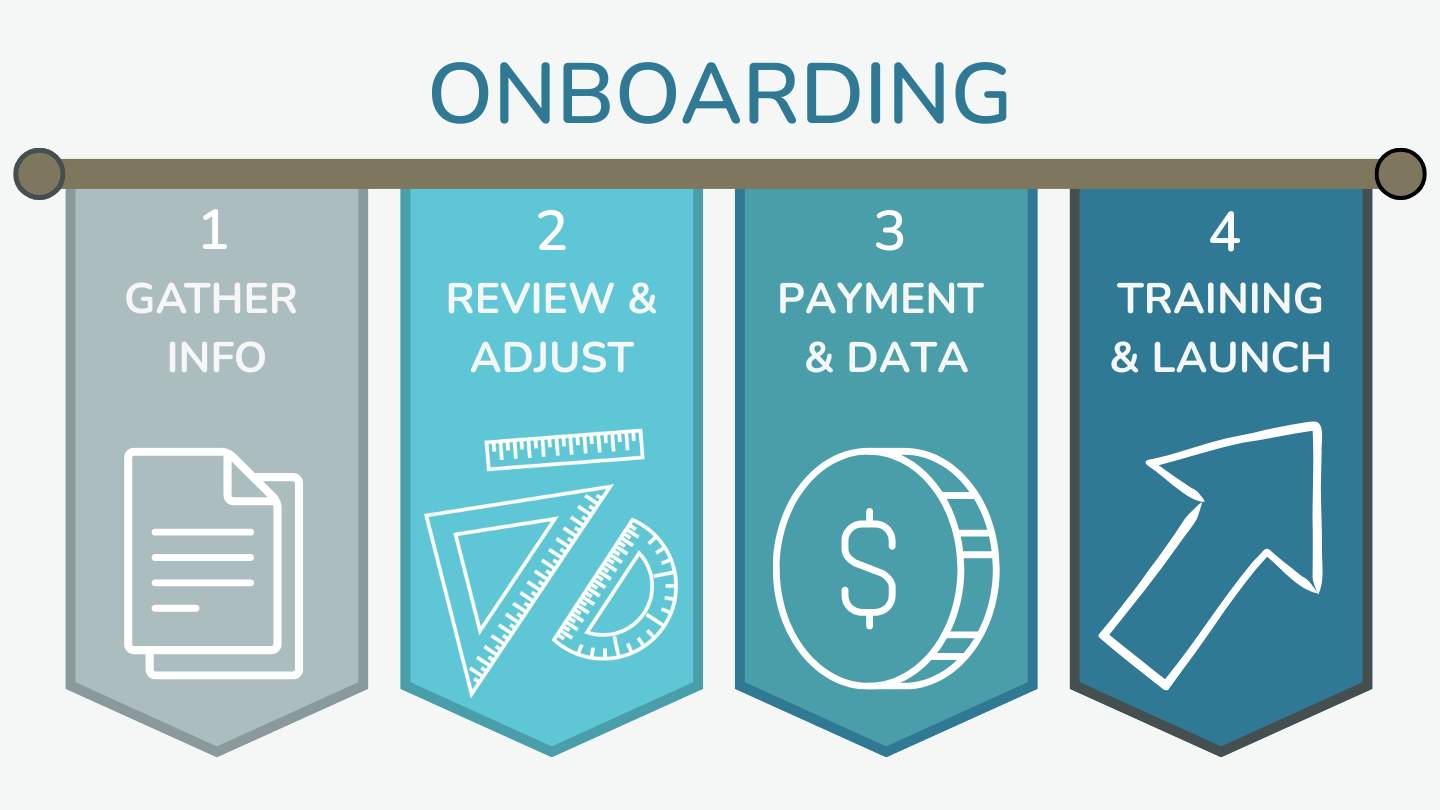Taking payments online can be a great way to cut down on administrative workload. You’ll likely see fewer interruptions and more timely fee payments, since applicants can pay you even if you’re out to lunch.
At Civic Review, we’ve worked with a lot of different solutions when integrating online payments. We’ve also said “no” to a few companies who wish to integrate, but don’t meet our gold standard. Here are three things we consider to be must-haves when it comes to online payments.
1. A Fully Integrated Payment Experience
The whole experience for users should be fully integrated to your permitting system’s online portal. We’ve seen some online payment solutions that require the user to leave their portal and go to their own payment screen.
There are two problems with this experience:
- Applicants may become confused as the branding around the pricing page changes
- There’s a risk that the user may leave the page while they’re away from their portal — which can cause all kinds of breakdowns in the overall experience.
Here’s how these experiences often end up:

To get around these problems, you’ll want to use a payment processor that allows users to pay while in their portal. Most ideally, the experience would be so smooth the user would be completely unaware that there’s another software running the payment process. That’s how we like to handle it in Civic Review:

2. Ability to Track GL Codes
This is the feature most missing in payment integrations. When a payment comes through on a building permit, it’s not unusual to have more than 10 different GL codes reflected in the bill. It’s a pain for the finance team to have to split that payment out on the backend for every single payment.
Imagine, you save all this time by letting people pay online, but at the end of each day, the accountant has to go through each and every transaction, and split payments up into their proper accounts.
You’ll want to use a payment processor and a permitting system that will recognize that a single payment should consist of several individual fees, each with its own GL code. Civic Review does this, and will provide reports for importing or reconciling so you can stay on top of each dollar received with minimal effort.

3. Adding a Surcharge to Cover Processing Fees
While over-the-counter card processing fees tend to be lower, the standard rate for online transactions is somewhere around 3%. For a business license fee under $200, this doesn’t make a huge impact.
But if you’re taking payments for building permits, which can be in the tens of thousands of dollars, the processing fee for a $10,000 transaction would be around $300!
Adding that transaction fee to the total would pass this fee on to the payer, who should have the option to pay in person if they choose. You’d be surprised how many people choose to just pay the transaction fee — even for larger amounts.
Be aware that charging processing fees may be prohibited by law in some jurisdictions, so always act in accordance with the applicable regulations.

If you’d like to talk with our team about what payment processors we integrate with, please reach out and schedule a meeting with us!







